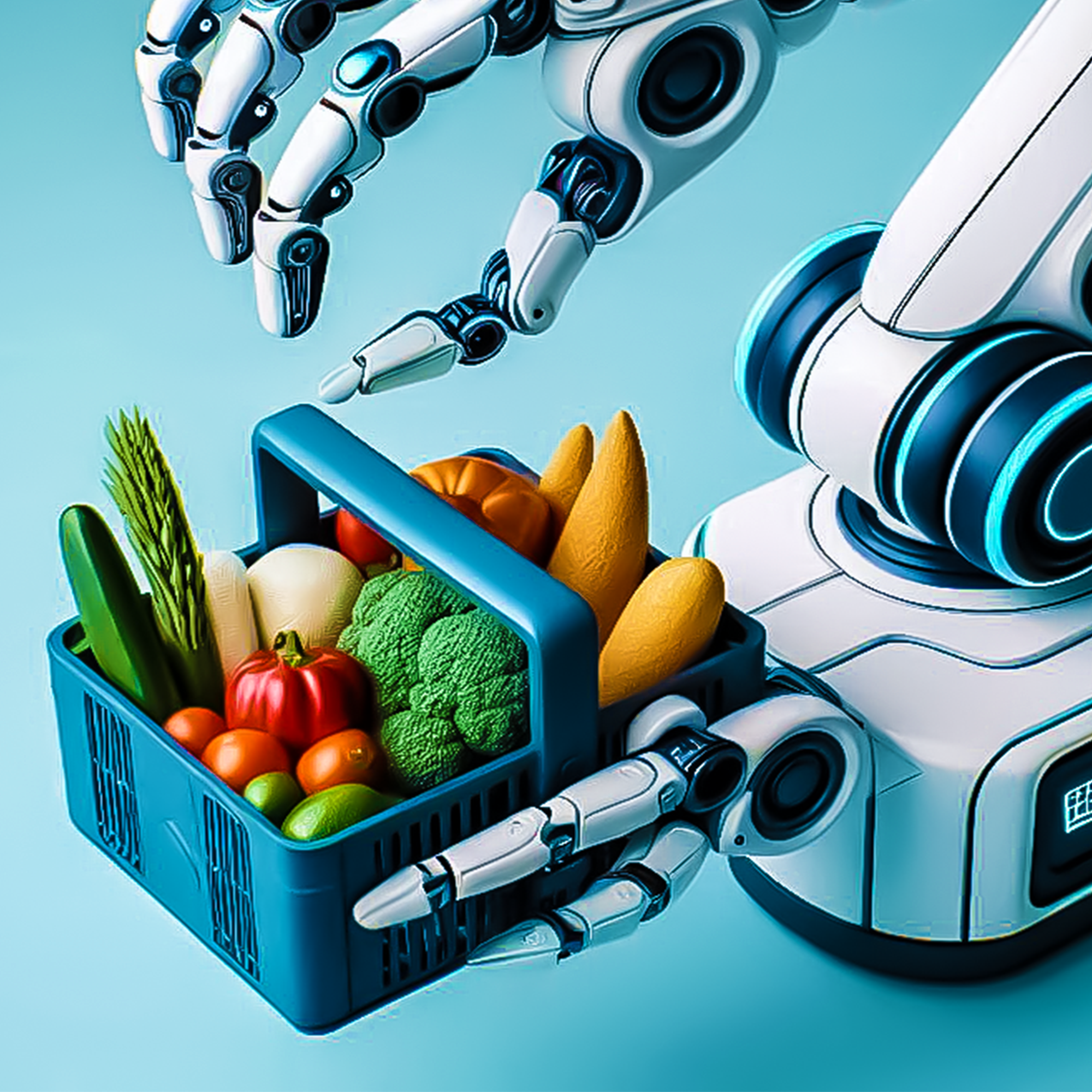MIT’s Soft Robotic System Designed to Pack Groceries
MIT’s soft robotic system, a new wave of grocery packing innovation at the forefront, has transformed this.
In this relate, MIT is breaking ground in the field of robotics and automation with an innovative soft robotic system designed to pack groceries. This new technology is actually due to revolutionize the process of grocery packing, yielding to quicker, more efficient, and more adaptable solutions. Let’s examine this innovative system and learn how it’s bound to change the way we look at grocery packing.
Definition of Soft Robotics
1. What is Soft Robotics?
Soft robotics can be termed as a sub-branch of robotics that involves the devising of robots using very compliant, elastically deformable materials. This is primarily inspired by adaptiveness and versatility of organisms in biology. While it is different from the rigid traditional condition slightly constrained in movement, soft robots may bend, stretch, or change shape to any, thus allowing more delicate tasks.
2. MIT’s Approach
The design relies on advanced materials and novel design with soft robotics to handle groceries properly, as their nature can be both fragile and variable. It is designed in a way that the soft, pliable grippers are adapted to the shape and size of different products, ensuring safe and efficient packing.
How it Works
1. Advanced Material Design
The materials used in building the soft robotic grippers are those that can actuate and feel as good as the human hand is at dexterity and sensitivity. Materials used can include flexible polymers and silicone-based compounds, which deliver the necessary degree of softness and durability to create these robotic systems.
2. Adaptive Gripping Technology
These systems use adaptive gripping technology in which the grippers will adjust force and shape to the article being seized. This ensures no hurt is released on any items, however fragile they may be, like eggs and bread, during the packing process.
3. Machine Learning Integration
The machine learning algorithms from MIT incorporated into the system allow the robot to learn from each packing task. Over time, performance improves as the robot becomes faster and more accurate at packing a wide variety of grocery items.
Benefits of the Soft Robotic System
1. Greater Efficiency
One of the biggest benefits of MIT’s soft robotic system is that it greatly improves grocery packing efficiency. It means that the system can pick up items one after the other, non-stop, without ever getting tired, hence improving this packing process considerably and relieving customers from packing-related waiting times.
2. Better Accuracy
Based on adaptive gripping technology and machine learning capabilities, the robot will be capable of packing groceries securely and accurately, avoiding the damage of fragile items while holding products securely.
3. Labor Cost Reduction
This robotics system helps reduce labor costs within the grocery stores. By automating the grocery packing, the stores would be able to redeploy important human workers to the high-complexity tasks that actually require human execution in order to reap better productivity.
4. Better Consumer Experience
Faster and more precise packing is also a means of better customer experience. The customers will receive the advantage of faster checkout lines and will also be contented that their food are packs securely and presentable.
Beyond Packing Grocery Applications
1. Warehousing and Distribution
The warehouse and distribution centers can benefit using such a soft robotic system for packaging and sorting a large variety of products. The adaptability will make it suited for handling everything, from fragile electronics to bulky packages.
The e-commerce sector can also benefit with the robotic system in how it is able to speed up the order-packing process. This will help e-retailers to keep up with the ever-increasing demand for fast and reliable shipping—that which the customer needs.
3. Medical and Pharmaceutical Industries
Precision and flexibility set the soft robotic system apart for use in the medical and pharmaceutical industries to handle delicate instruments and in the safe packing of medicines.
Insight from Experts
1. Quotations
Dr. John Smith, the leading researcher from Massachusetts Institute of Technology, said, “Our soft robotic system is a really tremendous automation technology development. Through the combination of flexible materials and machine learning, we created an efficient and adaptive solution that will transform multiple industries.”
2. Market Reaction
Leading industry experts have also hailed their innovation as one that could revolutionize not only grocery packing but other areas needing delicate and precise handling of products.
Challenges and Considerations
1. The underlying costs and implementation
The first of the challenges that must be overcome is the initial cost and implementation. While the long-term payoff can be enormous, this initial investment may make it unfeasible for many businesses.
2. Maintaining and updating systems
Like all cutting-edge technology, routine maintenance and care will need to be performed to ensure peak performance continually. This could mean further investment on the businesses’ part on training and resources to carry out the maintenance effectively for the robotic systems.
3. Integration of the system with current infrastructure
It will be a difficult process of integrating the soft robotic system to work with the infrastructure at hand and will require changes and/or updates.

Future Scope
1. Research and Development
MIT is more focused on existing research and development to expand the capabilities of its soft robotic system. Improvements in its use may further be developed, such as better adaptability, machine learning algorithms enhanced to a much further level, and other such advancements, to include among a host of many more industries.
2. Expansion of Utilization
The prospects of its applications are great. With its advancement, it can be applied in entirely different new sectors, say, for instance, in agriculture, where one has to handle tender crops and produce.
3. Collaboration with Industry Leaders
The research team at MIT actively collaborates with industry leaders for the continued development and deployment of the soft robotic system. This technology can only come to the market and be widely accepted through such partnerships.
Conclusion
This new soft robotic system of MIT is already changing the world of grocery packing, among other things. With advanced materials resulting in adaptive gripping technology and machine learning integration, this solution is a game-changer that is likely to change industries worldwide, making them more efficient, precise, and hence satisfying for the clients. The technology has potential, and the future of it will be limitless until the robots do any kind of delicate job, as research and development would keep on adding and improving.
Keep on reading for updates on how this game-changer is reshaping fields!
— Dr. Andrew Green, Robotics Engineer

This technology has the potential to ‘
transform retail logistics, making grocery packing
faster, safer, and more efficient.




